I keep getting people telling me that I should “lean in” to using A.I. to do my creative work for me.
My short answer to this nonsense is… NO.
But I’d like to give some reasons and an example of why I don’t want to let large language models or A.I. art creators take over my creativity.
First, efficiency is not my highest value. It seems to me that we have made a god of efficiency. The only things worth doing efficiently, it seems to me, are the chores of life that we don’t enjoy that we’d like to get over with. Laundry. Dishes. Mowing. But even those, when I think about them, offer their own pleasures. Mowing, in particular, is a meditative time for me. And really – how much more efficient can we get? And the things I enjoy doing are things I want to slow down and savor. I don’t want an algorithm churning out comic strips or stories for me. I want to create them. It’s like telling the A.I. to enjoy tasty food for me or watch a sunset for me because I’m doing something else… What, I don’t know.
And creativy, for me, is not about stringing words together as rapidly as possible, or about creating images as quickly as possible. I read Iain McGilchrist’s book The Master and His Emissary: the Divided Brain and the Making of the Western World this summer. One of his many, many fascinating points is that while the left-brain, the wordier half of the brain, actually helps us to, well, verbalize ideas, the ideas themselves often bubble up from the right, non-verbal brain. We have intuitions that we don’t quite know how to express until we meditate on them and slowly let them develop by writing them out on paper or on a screen. Prompting an A.I. to write something coming into my mind means bypassing the thought process that would help me actually understand the notions bubbling up from my subconscious. I don’t actually know what I think or what I want to say until I start to say it.
Here’s an example. I’d wanted to do some comic strips about our culture’s negative relationship with reading – and how our school’s may be contributing to the problem. I wasn’t sure what exactly I wanted to do with this idea. My wife thought back to my Dr. Seuss parody and satire of education reform from 2015, “How the Dirth Stole Learning” and suggested I give “The Lorax” a similar treatment by calling it “The Codex.” I instantly loved this idea. But I didn’t prompt a chatbot to write it for me.
I wanted to think carefully about what I had to say. I made a list of the characters and plot elements in the Seuss original and decided what the equivilants would be in my version. Smudgly, the school mascot, would be The titular Codex. Ms. Albright, the superintendent would be the Once-ler character. Instead of animals, I would have students – once again called the Skoos like Dr. Seuss’s Whos – who did similar activities. I then outlined how things might happen. I then started drafting – on paper – using my old rhyming dictionary. I wrote with a copy of “The Lorax” by my side. Writing it took weeks, off and on. But it was incredibly fun.
As I reached the end, I didn’t want the word The Codex left behind to be the same “Unless” The Lorax left behind. I tried out word after word for a few hours, until… well, I decided on “Until”. And I knew it was the perfect choice. Writing it was incredibly satisfying. And I knew it was coming through me, and also from wife.
Then I got the pleasure of studying Dr. Seuss’s original illustrations and trying to pay tribute without directly copying. It gave me a whole new appreciation of his drawing style and skill at visual storytelling. It was sheer pleasure to create and then color the drawings. I wouldn’t have wanted to outsource it to anything.
Creating comics is incredibly personal work for me. I still love every aspect of it. That’s why I keep doing it myself.
Below are my rough drafts on paper and some of the drawings as they looked while they were still in progress… Enjoy. I did.
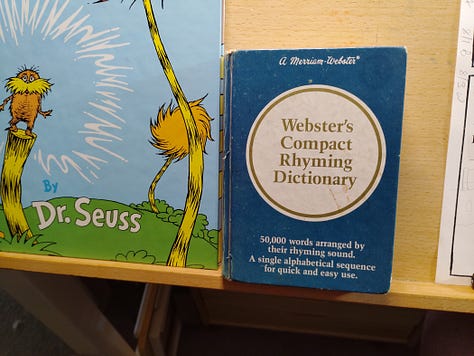
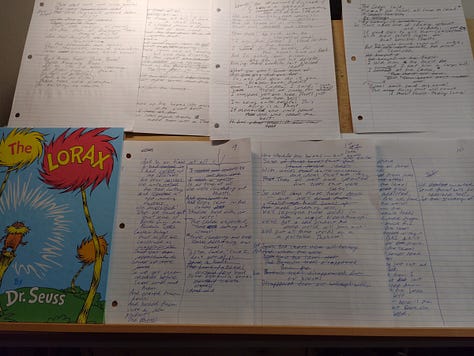
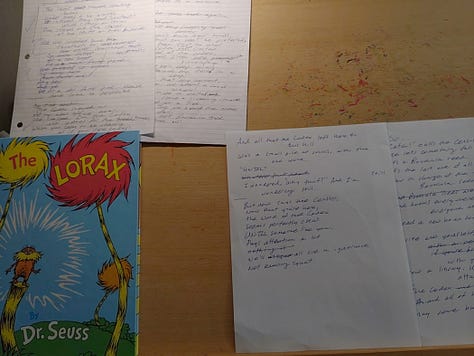

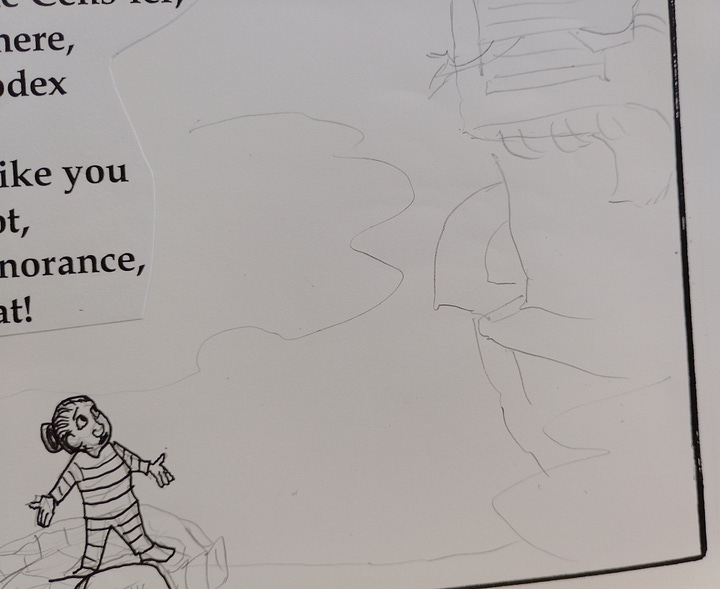
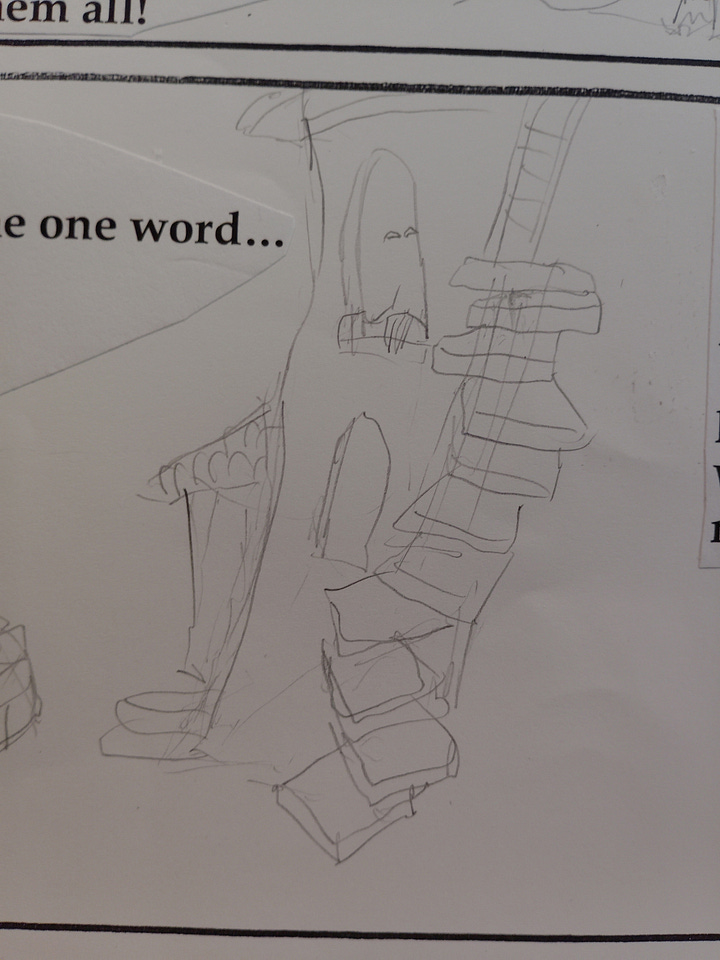
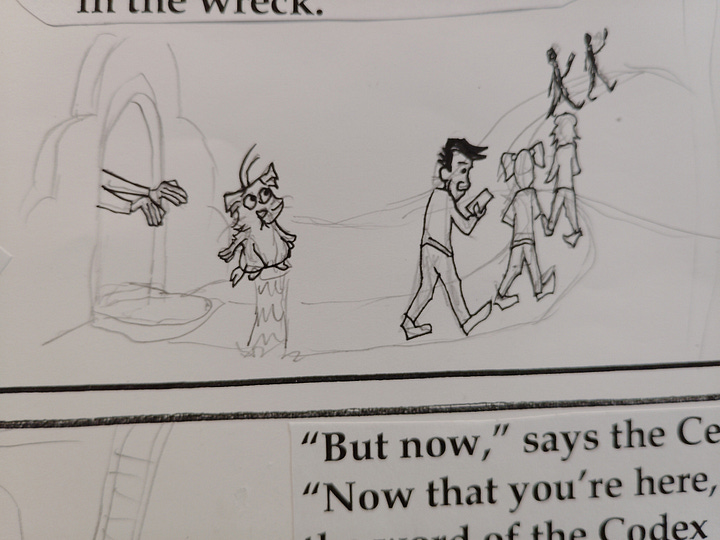





Thanks. I enjoyed reading about your creative process.